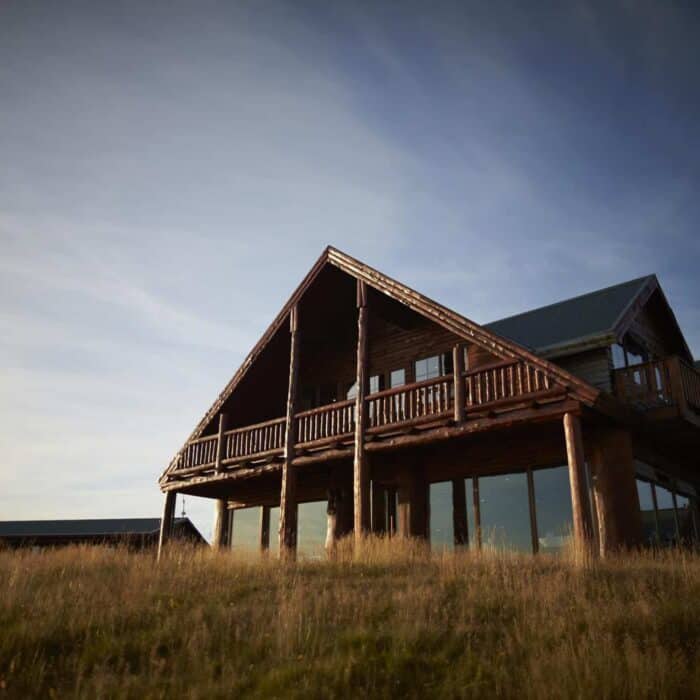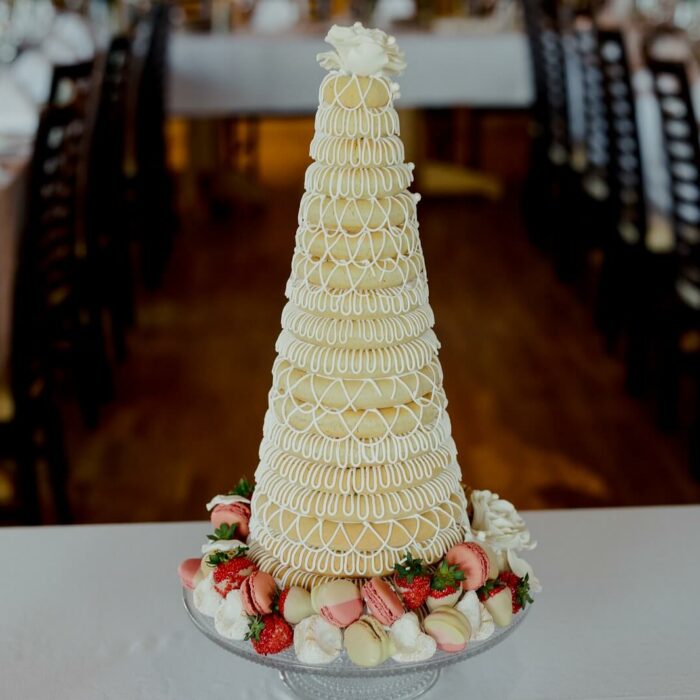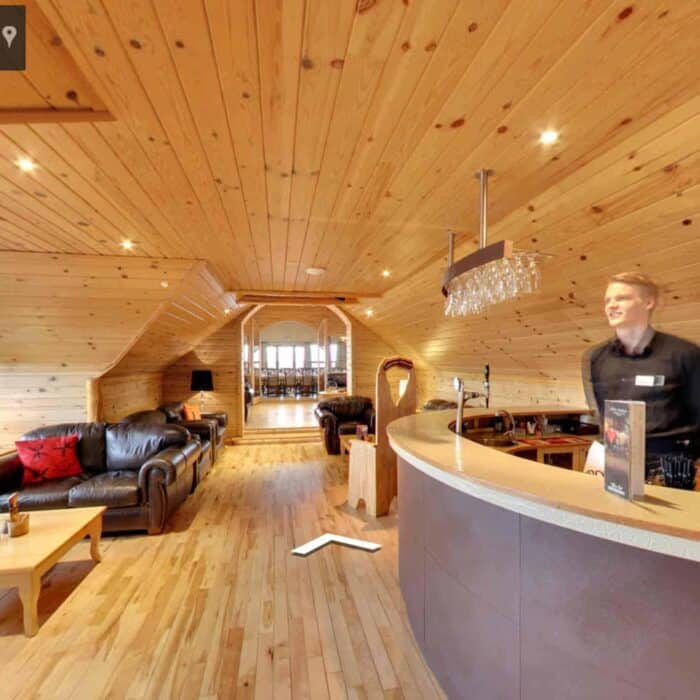Table of Contents

The blood feud in Room #9
Let us first publish Room #9’s text in a more legible font:
“Mörður hét maður er kallaður var gígja. Hann var sonur Sighvats hins rauða. Hann bjó á Velli á Rangárvöllum. Hann var ríkur höfðingi og málafylgjumaður mikill og svo mikill lögmaður að engir þóttu löglegir dómar dæmdir nema hann væri við.”
Still, have no idea what it means? No worries, here comes the English translation:
“There was a man named Mord whose surname was Fiddle; he was the son of Sigvat the Red, and he dwelt at the “Vale” in the Rangrivervales. He was a mighty chief, and a great taker up of suits, and so great a lawyer that no judgments were thought lawful unless he had a hand in them.”
These words mark the beginning of Brennu-Njálssaga or The Story of Burnt-Njál – the longest and most celebrated of the Icelandic Sagas. The Saga takes place in Hotel Rangá’s neighboring area and tells of a dramatic blood feud, mostly over petty things, that leads to death and destruction.
A Vexed mother in Room #4
The text in Room #4 is from Stjórnin. The most common translation is “God’s Guidance to Mankind.” It comes from a collection of Old Norse translations of the Bible’s Old Testament. In fact, they date from the 14th century, probably written at the former episcopal seat Skálholt. The text to the left is in Latin, and says “Incipit Liber Samuel Primus” which of course means “Here commences the first book of Samuel.”
A Word from the Artist
We asked artist Derek Mundell to tell us more about his painting:
“This manuscript is famous for its rather beautiful illustrations and I choose this particular part to decorate the wall because it showed a person in bed,” he says.
“The figure on the left is Hanna who was Samuel’s mum. The reclining figure on the right is of course Sam’s dad whose name was apparently Elkanah. Now it would seem that Elkanah cleverly had two wives – Hanna and Penninah. Hanna was unhappy because she hadn’t been able to become pregnant, whereas Penninah had several children with Elkanah. It didn’t help matters that Penninah teased Hanna about this.
But Hanna prayed to God for a few years and made the promise that if given a son, she would guarantee that this son would serve God for all his life. And of course, this led to Hanna becoming pregnant and the prophet Samuel was born.”
Subscribe To Our newsletter
Exclusive Offers & Latest News
So there we have it. In the painting, Elkanah is waiting in bed for Hanna and the outcome was the prophet, Samuel.
The three lines on the wall hit on the part where Penninah is teasing Hanna:
“…„gjörði henni jafnan skapraun í orðum og brigslaði henni jafnan (um) barnleysi“.
Meaning of course:
“She repeatedly vexed her with words and reproached her for being childless.”
At least Hanna got the last laugh.
Many of the Icelandic saga’s have been translated and are easily accessible through Amazon.
For further information about Art at Hotel Rangá we recommend our page, Art at Hotel Rangá.







